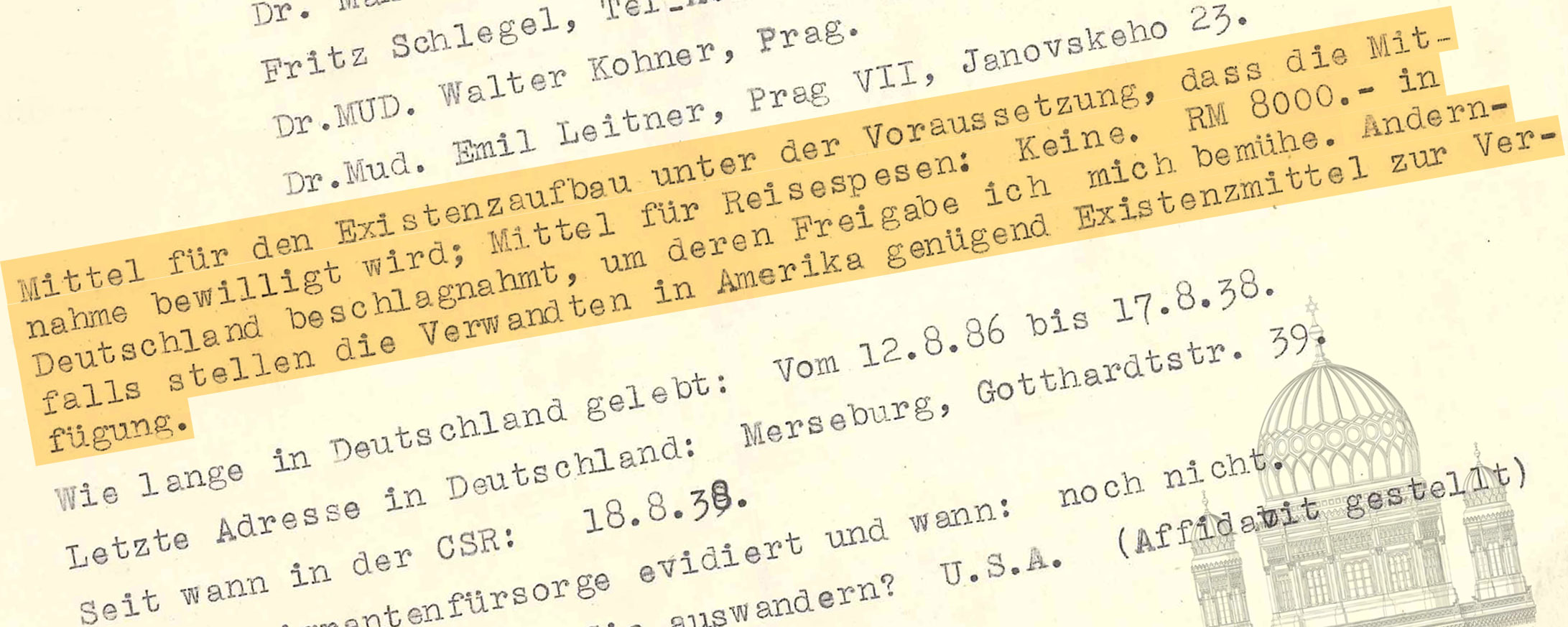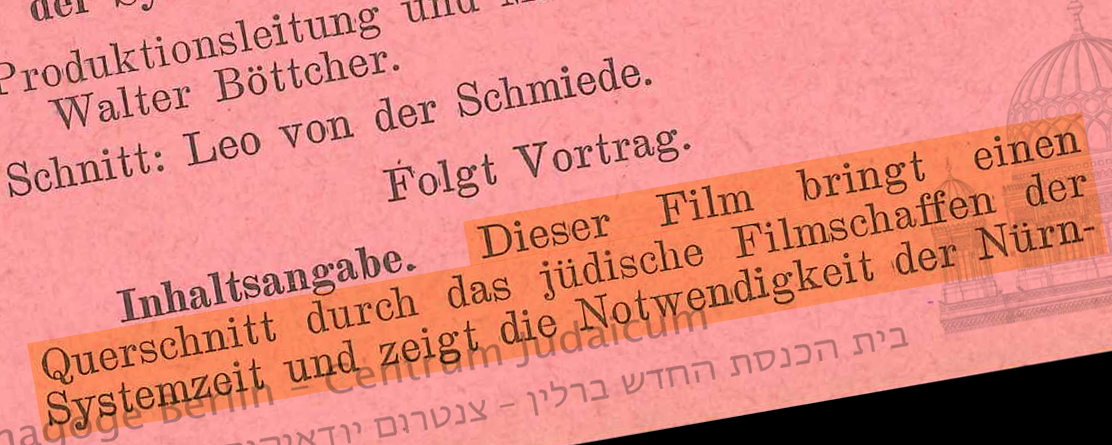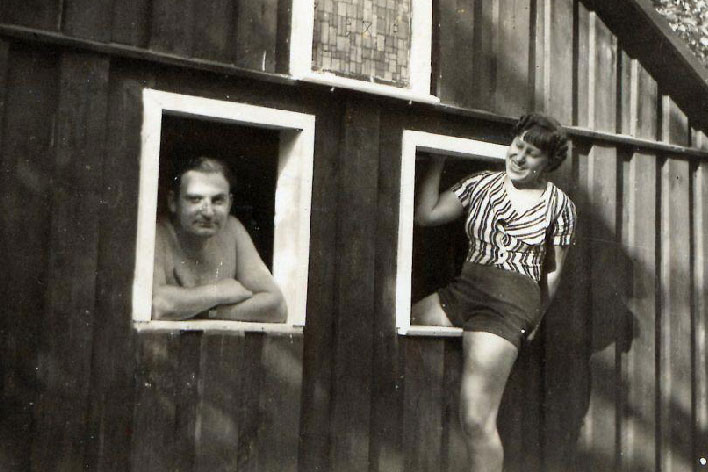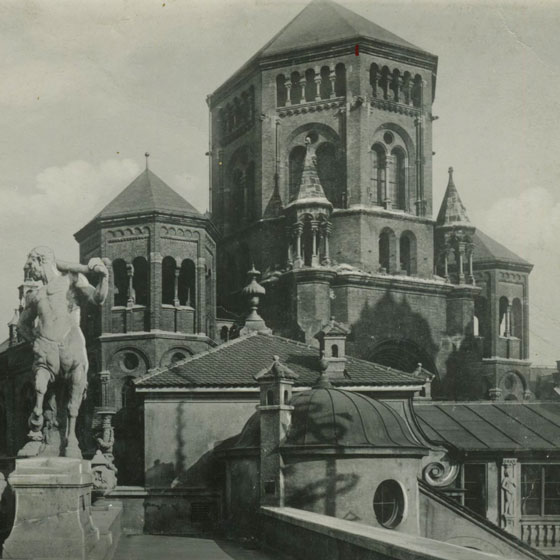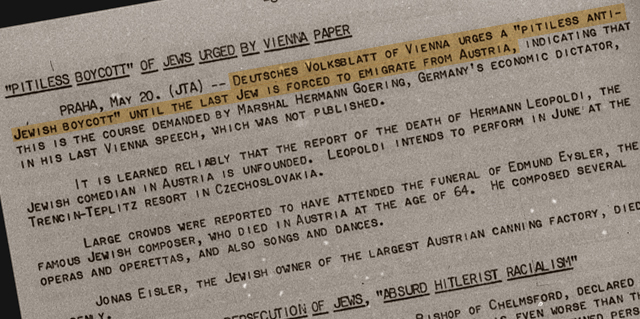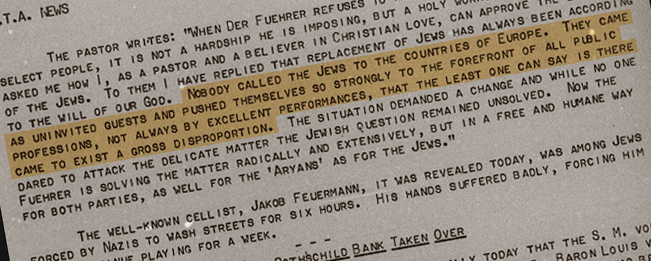Anti-Semitic Postcards
The circulation of stereotypes makes them socially acceptable
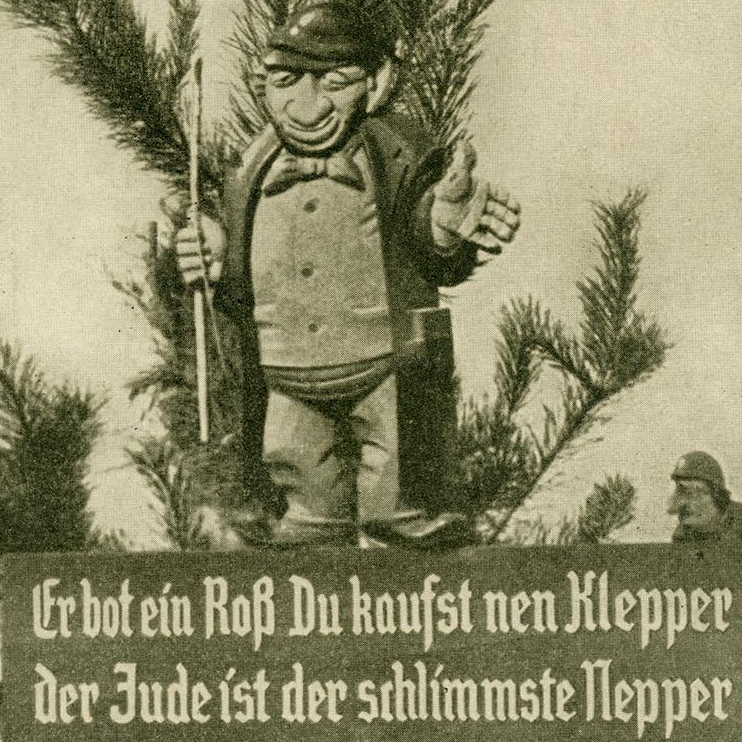
GERMANY
“He offered a steed, you bought a hack, the Jews are a deceitful pack” is what is written on this postcard, postmarked on September 21, 1938. Mocking, anti-Semitic postcards were common already during the German Empire and the Weimar Republic and, as an easily replicable means, gained influence on the way people thought. One of the oldest stereotypes may be that of the greedy Jew. In whatever part of the economy Jews were active, anti-Semites would impute usury and fraud. The use of anti-Semitic postcards to impart private messages gave anti-Jewish stereotypes far-reaching societal acceptance and thus created the breeding ground for the solution of the “Jewish question,” which was soon to become a terrible reality.
SOURCE
Institution:
Original:
Anti-Semitic Postcard; Inv.Nr.: PK 96/417

